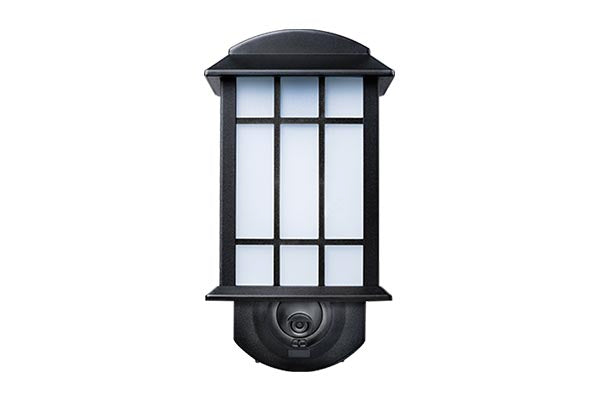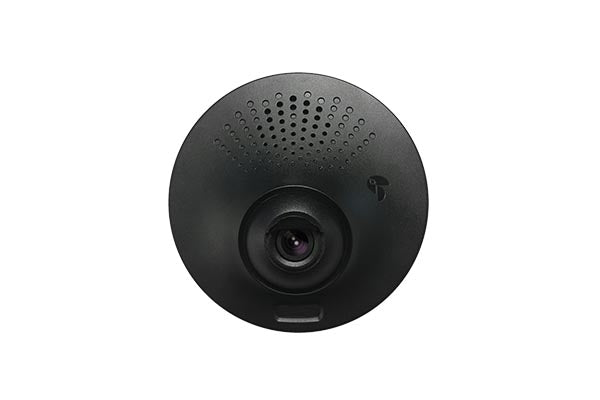Go Green With Home Lighting
Let There Be Green Light!
Buying bulbs isn’t as simple as it used to be. The clamor to be green has led to the rise of new bulb types that are more efficient and work differently from each other. We are here to shed light on the major differences so you can make an informed choice when shopping for bulbs.
Why Don’t I See Many Incandescent Light Bulbs Anymore?
Light bulbs are simple electrical devices that produce light. The traditional tungsten filament incandescent light bulbs are now illegal to manufacture in the US because they do not meet Federal energy efficiency standards ( Energy and Security Act of 2007). Any incandescent bulbs you see on shelves have been manufactured before January 2014.
How to Switch
New bulb types such as LED and CFL or compact fluorescent lights are very cost effective to operate and boast of impressive lifespans. Though some cost more than traditional incandescent bulbs, they last far longer and consume far less power while giving you the same illumination.
What you need to know to make the switch.
The Common Units of Measurement for Light Bulbs
Voltage
Electricity supplied to households in the U.S. is 120 volts but go up to 230 volts in other parts of the globe. Light bulbs optimally operate at their defined voltage. Under-voltage or over-voltage affects lighting efficiency and service life.
Under Voltage Warning
Dimming lights lead to less light output and not towards energy savings. CFLs should NOT be used with a dimmer switch UNLESS clearly marked otherwise – from the San Francisco Fire Department.
Over Voltage Warning
Use the right bulbs and fixtures for your voltage range because excess voltage diminishes service life considerably and has potential hazards.
Wattage
Wattage in this case is how much energy a bulb consumes or how much electricity is drawn. Many people interchange watts for lumens, which is the actual amount of light produced.
Wattage is important because both bulbs and fixtures have wattage ratings. Make sure you match your bulbs to their fixtures, never use a bulb with higher wattage than the fixture is rated for. Going past the wattage rating of a fixture by using a higher wattage bulb is a fire hazard.
For safety purposes always use bulbs with wattage ratings that are less than or equal to the rating of your fixture.
Lumens
Light output from bulbs is measured in lumens, the measure of brightness from light. It’s as simple as the more lumens a bulb is rated, then the brighter the light. When looking to replace incandescent light bulbs in your home, look at how many lumens your current bulbs are rated at and buy the equivalent in an energy saving bulb.
The Cost of Operation
Here is how to get the cost of operating bulbs in your home. Use the formula below and apply to all the bulbs you use.
- Get the bulb’s wattage, convert to kilowatts (1watt/1000kilowatts) x number of hours you use it a day
- Multiplied by your cost per kilowatts per day (check your electricity provider)
- Multiplied by 30 for 30 days to get the cost of running the bulb for one month.
The Formula
Wattage / 1,000 x (hrs/day) x ($/kWh) x (30 days per month) = total cost per month
| Wattage | Hours/Day | Watt Hours/Day | Kilowatts/Day | Kilowatts/ Month | Dollars/Month | |
| Incandescent | 40 | 12 | 480 | 0.48 | 14.4 | 1.44 |
| CFL | 12 | 12 | 144 | 0.144 | 4.32 | 0.43 |
| LED | 6.5 | 12 | 78 | 0.078 | 2.34 | 0.23 |
This assumes the cost per kilowatt hour is 10 cents, check with your energy provider to get your electricity rate.
Bulb Efficiency
Bulbs that use less watts per lumen are more efficient. Typically an incandescent bulb produces 15 lumens per watt, fluorescent lights average 50-100 lumens/watt and efficient LED bulbs 40 lumens per watt.
Things to Remember
- Always buy bulbs whose wattage equals or is less than the rated wattage of your fixture.
- Lumens is the measure of light produced by a bulb and watts are the energy consumed. To produce 450 lumens an incandescent would need to draw 40 watts and an energy efficient bulb such as CFL will need 12 watts.
- This is how CFL, LED and other energy efficient bulbs save energy and dollars.
- The switch to energy efficient bulbs is worth it.
- Traditional bulbs generate more heat than light making them less efficient at their primary purpose.
- The heat produced shortens the service life of fittings and accessories around them.
- Coupled with a short lifespan (General lighting service averages 1,000 hours, a very large disparity from the average compact Fluorescent life of 10,000 hours and the whopping 30,000 hours of LED lighting).
- CFL or compact fluorescent lights contain amounts of mercury and need to be disposed of properly.
- Dispose of these at recycling centers
- Read the label.
- The Federal Trade Commission requires “Lighting Facts” on each bulb label where you can find information on lifespan, lumens and color temperature.
- Traditional bulbs generate more heat than light making them less efficient at their primary purpose.
The initial cost of buying energy efficient bulbs is greater than buying incandescent bulbs. However, it pays off in the long run with energy savings and increased lifespan. Lighting up your home with energy efficient bulbs is a great way to save the environment and will save you valuable dollars over time.
The post Go Green With Home Lighting appeared first on Kuna.
Stop break-ins before they happen.

Save $20 on your first order.
Latest news, feature updates, and exclusive discounts.





